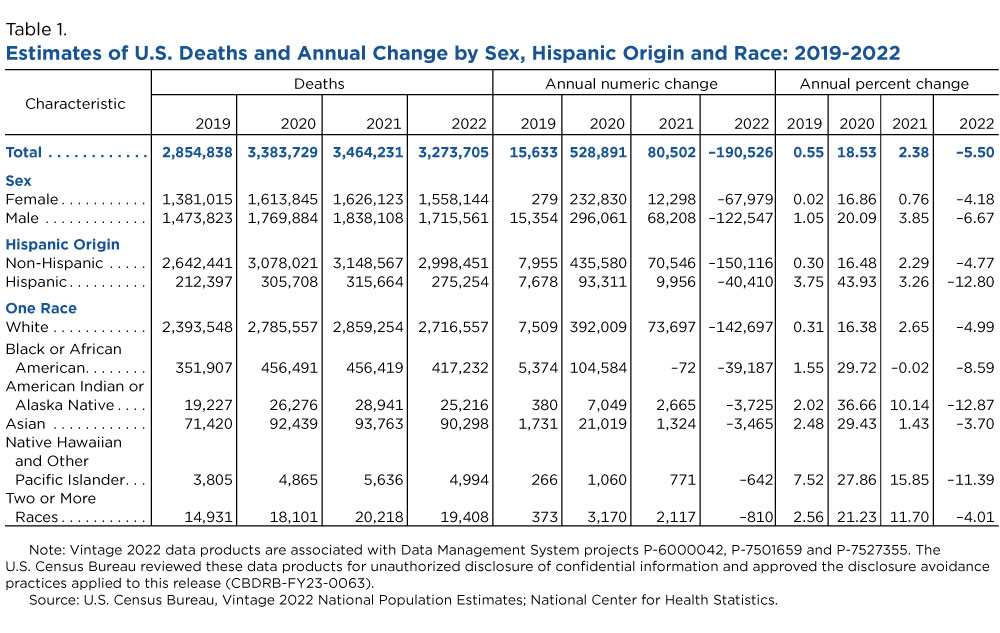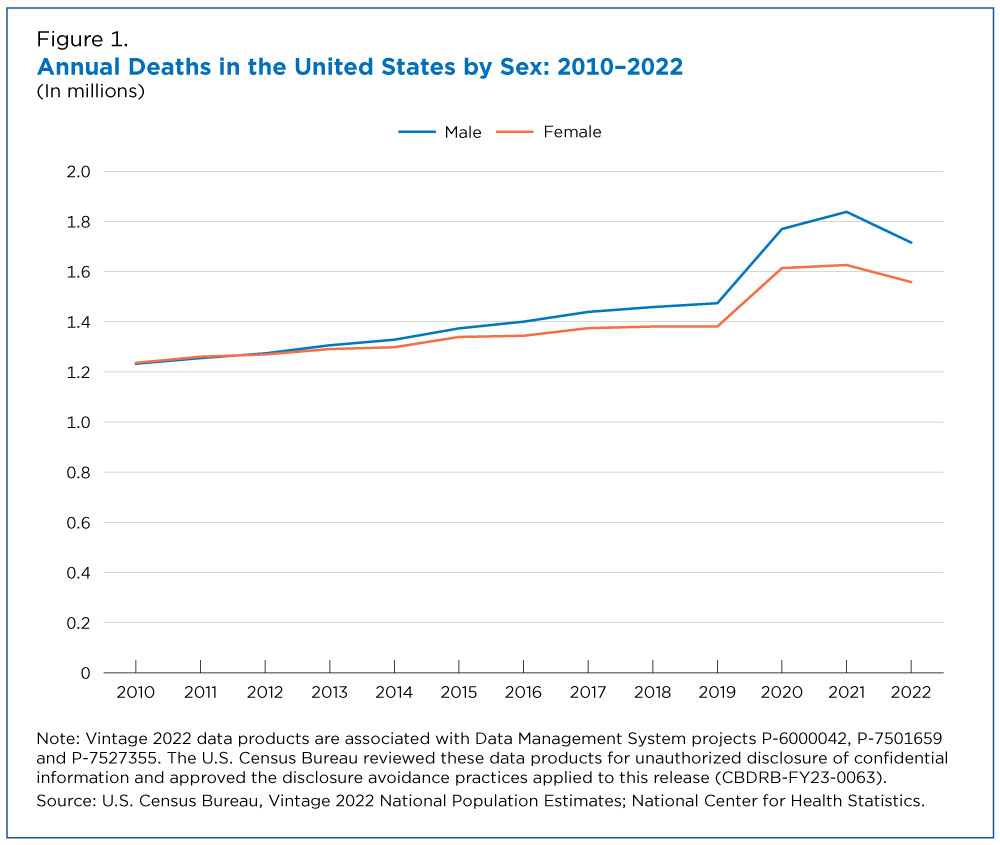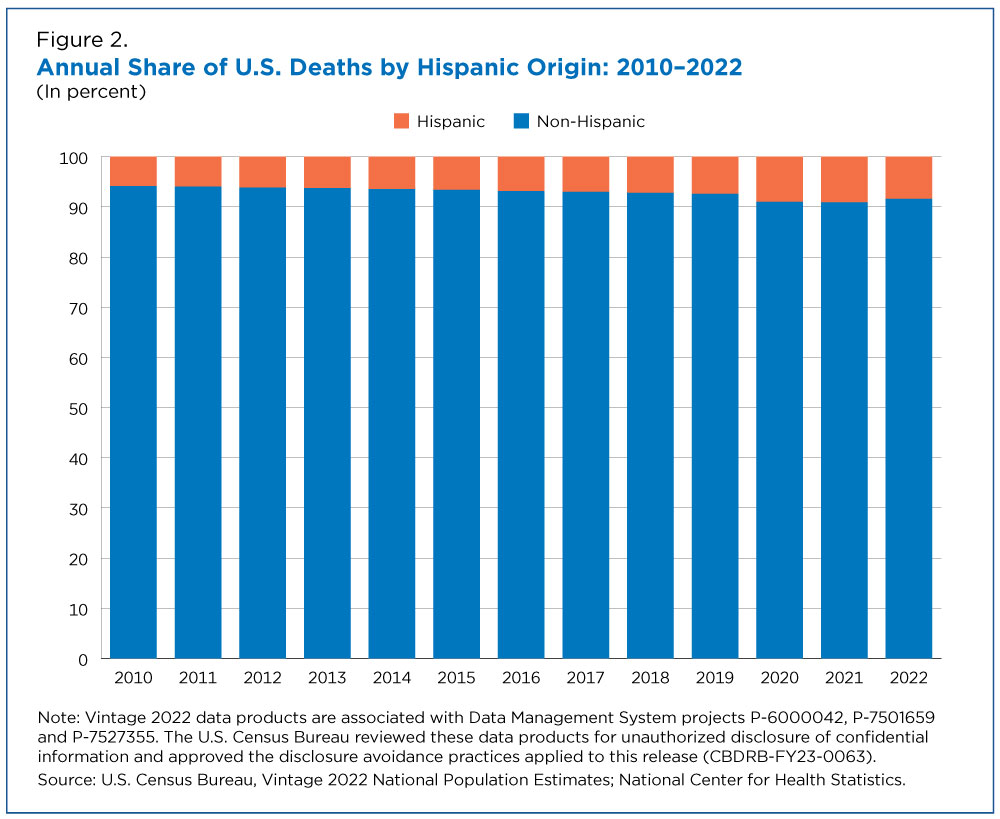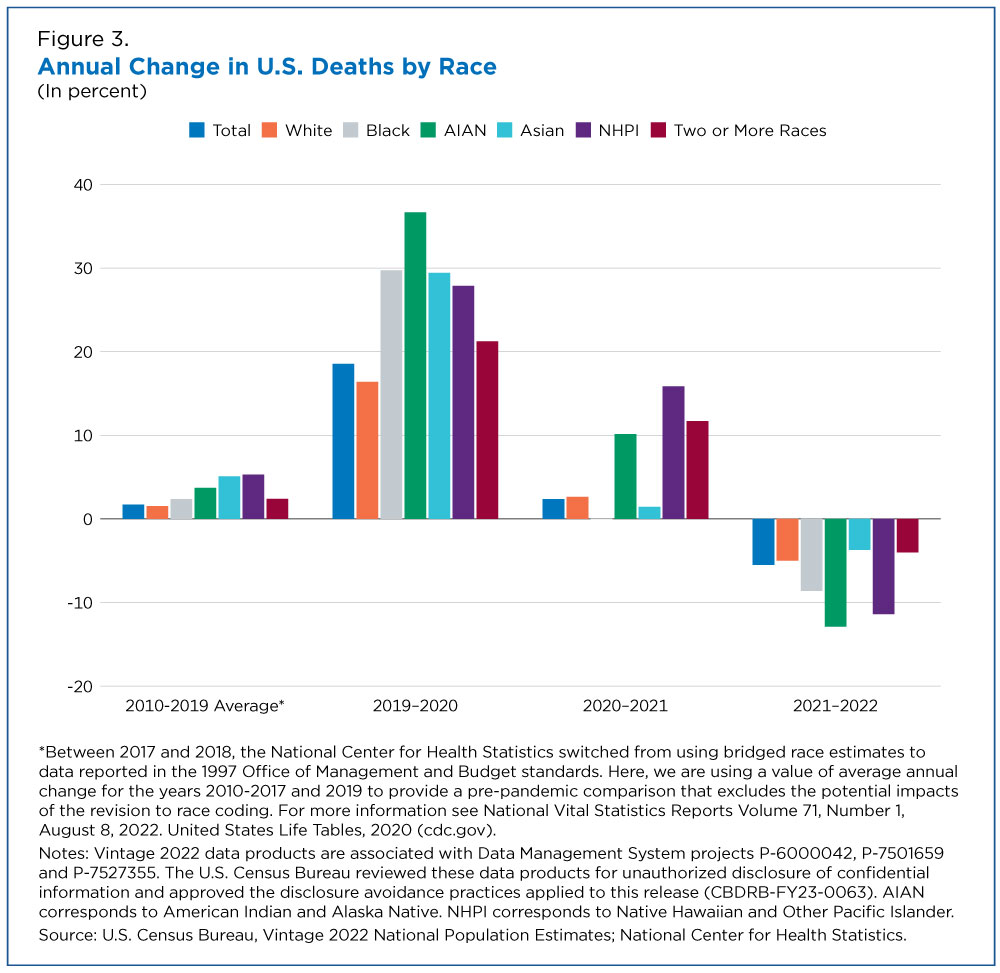Última llamada del IRS para que los contribuyentes reclamen $1.5 mil millones en reembolsos de impuestos de declaraciones de impuestos de 2019 no presentadas: la fecha límite del 17 de julio se acerca rápidamente
WASHINGTON: el Servicio de Impuestos Internos emitió hoy un recordatorio final a casi 1,5 millones de contribuyentes en todo el país para que reclamen sus reembolsos para el año fiscal 2019 presentando antes de la fecha límite del 17 de julio de 2023.
Para estos reembolsos no reclamados, el IRS estima que el reembolso medio promedio para el año fiscal 2019 asciende a $893.
“Se está acabando el tiempo para las personas a las que se les debía un reembolso de impuestos en 2019”, dijo el comisionado del IRS, Danny Werfel. “La ventana final se cierra el 17 de julio para los contribuyentes que no presentaron una declaración de impuestos para 2019 para reclamar su reembolso. El IRS continúa instando a las personas que pueden haber pasado por alto la presentación durante la pandemia a que actúen rápidamente antes de perder su última oportunidad de reclamar un reembolso potencialmente sustancial”.
Muchos trabajadores de ingresos bajos y moderados pueden ser elegibles para recibir hasta $6557 si sus ingresos de 2019 los califican para el Crédito Tributario por Ingreso del Trabajo (EITC). Aquellos que son potencialmente elegibles para el EITC en 2019 tenían ingresos por debajo de los siguientes umbrales:
- $50,162 ($55,952 si es casado y presenta una declaración conjunta) para aquellos con tres o más hijos calificados.
- $46,703 ($52,493 si es casado y presenta una declaración conjunta) para personas con dos hijos calificados.
- $41,094 ($46,884 si es casado y presenta una declaración conjunta) para aquellos con un hijo calificado.
- $15,570 ($21,370 si es casado y presenta una declaración conjunta) para personas sin hijos calificados.
Por ley, los contribuyentes normalmente tienen tres años para presentar y reclamar sus devoluciones de impuestos. Si no presentan la solicitud dentro de los tres años, el dinero pasa a ser propiedad del Tesoro de los Estados Unidos. La ley requiere que los contribuyentes envíen la dirección, envíen por correo y se aseguren de que la declaración de impuestos tenga el sello postal antes del 17 de julio de 2023.
El IRS les recuerda a los contribuyentes que buscan un reembolso de impuestos de 2019 que sus cheques pueden ser retenidos si no han presentado declaraciones de impuestos para 2020 y 2021.
Los formularios de impuestos actuales y del año anterior (como los formularios 1040 y 1040-SR del año fiscal 2019) y las instrucciones están disponibles en línea en la página de formularios, instrucciones y publicaciones del IRS o llamando al número gratuito 800-TAX-FORM (800- 829-3676).
Además, el reembolso se aplicará a cualquier cantidad que aún se deba al IRS o a una agencia tributaria estatal y se puede usar para compensar la manutención de niños no pagada o las deudas federales vencidas, como los préstamos estudiantiles. El Aviso del IRS 2023-21 brinda orientación legal sobre las reclamaciones realizadas antes de la fecha límite pospuesta.
¿Necesita presentar una declaración de impuestos de 2019? Varias opciones para obtener documentos clave
Aunque han pasado varios años desde 2019, el IRS les recuerda a los contribuyentes que todavía hay formas en que pueden recopilar la información que necesitan para presentar esta declaración de impuestos. Las personas deben comenzar ahora para asegurarse de tener suficiente tiempo para presentar antes de la fecha límite de julio para los reembolsos de 2019. Aquí hay algunas opciones:
Solicitar copias de documentos clave: Los contribuyentes a los que les faltan los Formularios W-2, 1098, 1099 o 5498 para los años 2019, 2020 o 2021 pueden solicitar copias a su empleador, banco u otros pagadores.
Use Obtener transcripción en línea en IRS.gov. Los contribuyentes que no pueden obtener los formularios faltantes de su empleador u otros pagadores pueden solicitar una transcripción gratuita de salarios e ingresos en IRS.gov utilizando Obtener transcripción en línea . Para muchos contribuyentes, esta es, con mucho, la opción más rápida y fácil.
Solicite una transcripción. Otra opción es que las personas presenten el Formulario 4506-T, Solicitud de Transcripción de Declaración de Impuestos , ante el IRS para solicitar una “transcripción de salarios e ingresos”. Una transcripción de salarios e ingresos muestra datos de declaraciones de información recibidas por el IRS, como los formularios W-2, 1099, 1098, formulario 5498 e información de contribución de IRA. Los contribuyentes pueden usar la información de la transcripción para presentar su declaración de impuestos. Pero planifique con anticipación: estas solicitudes por escrito pueden demorar varias semanas; Se recomienda encarecidamente a las personas que prueben las otras opciones primero.
Cálculos estado por estado de las personas a las que se les pueden adeudar reembolsos de impuestos sobre la renta de 2019
Las personas tienen más tiempo de lo habitual para presentar declaraciones de impuestos para reclamar sus reembolsos para el año fiscal 2019. La ventana de tres años para las declaraciones no presentadas de 2019 se pospuso hasta el 17 de julio de 2023 debido a la emergencia pandémica de COVID-19.
El IRS estima que casi $1,500 millones en reembolsos siguen sin reclamarse. Con base en la información fiscal actualmente disponible, una estimación especial estado por estado muestra el reembolso potencial medio de cada estado y cuántas personas son potencialmente elegibles para estos reembolsos. El monto real del reembolso variará según la situación fiscal del hogar.
Estado o Distrito | Estimado Número de Individuos | Reembolso potencial medio | Reembolsos potenciales totales* |
Alabama | 23,900 | $880 | $ 23,694,700 |
Alaska | 6,000 | $917 | $6,542,300 |
Arizona | 35,400 | $824 | $33,911,500 |
Arkansas | 12,800 | $864 | $12,586,100 |
California | 144.700 | $856 | $ 141,780,000 |
Colorado | 30,100 | $859 | $29,514,000 |
Connecticut | 15,400 | $934 | $ 16,198,400 |
Delaware | 5,700 | $880 | $5,754,900 |
Distrito de Columbia | 4.400 | $887 | $4,550,100 |
Florida | 89,300 | $893 | $89,530,400 |
Georgia | 48,000 | $826 | $46,269,000 |
Hawai | 8,800 | $932 | $ 9,197,700 |
Idaho | 7,600 | $758 | $6,996,000 |
Illinois | 55,800 | $916 | $57,591,300 |
Indiana | 31,700 | $916 | $ 32,115,100 |
Iowa | 15,300 | $926 | $ 15,492,600 |
Kansas | 14,600 | $913 | $ 14,753,700 |
Kentucky | 18,600 | $906 | $ 18,574,200 |
Luisiana | 22,000 | $877 | $ 22,274,800 |
Maine | 6,400 | $876 | $6,197,300 |
Maryland | 31,400 | $897 | $ 32,344,500 |
Massachusetts | 35,700 | $966 | $ 38,400,900 |
Michigan | 48,500 | $888 | $48,582,600 |
Minnesota | 23,200 | $848 | $22,387,800 |
Misisipí | 12,300 | $820 | $11,836,700 |
Misuri | 31,800 | $880 | $ 31,345,700 |
Montana | 5,200 | $854 | $5,144,900 |
Nebraska | 7,800 | $893 | $7,745,600 |
Nevada | 15,800 | $869 | $15,550,300 |
nuevo hampshire | 6,900 | $974 | $7,451,800 |
New Jersey | 40.500 | $924 | $42,035,900 |
Nuevo Mexico | 9,600 | $867 | $9,522,400 |
Nueva York | 81,600 | $945 | $86,826,200 |
Carolina del Norte | 45.800 | $862 | $44,426,600 |
Dakota del Norte | 3,700 | $958 | $3,997,100 |
Ohio | 51,800 | $868 | $50,234,900 |
Oklahoma | 21,400 | $897 | $ 21,770,000 |
Oregón | 23,700 | $801 | $22,348,900 |
Pensilvania | 56,000 | $924 | $57,572,600 |
Rhode Island | 4,300 | $924 | $4,468,700 |
Carolina del Sur | 18,200 | $809 | $17,264,100 |
Dakota del Sur | 3,700 | $918 | $3,746,700 |
Tennesse | 28,100 | $873 | $27,623,700 |
Texas | 135,300 | $924 | $142,235,200 |
Utah | 11,700 | $845 | $ 11,198,400 |
Vermont | 3,100 | $901 | $3,036,600 |
Virginia | 42,200 | $869 | $42,110,500 |
Washington | 42,400 | $934 | $44,823,200 |
Virginia del Oeste | 6,500 | $959 | $6,818,900 |
Wisconsin | 21,000 | $834 | $20,003,100 |
Wyoming | 3,300 | $949 | $3,534,800 |
Totales | 1,469,000 | $893 | $1,479,913,400 |
* Excluyendo créditos.














.jpg)
